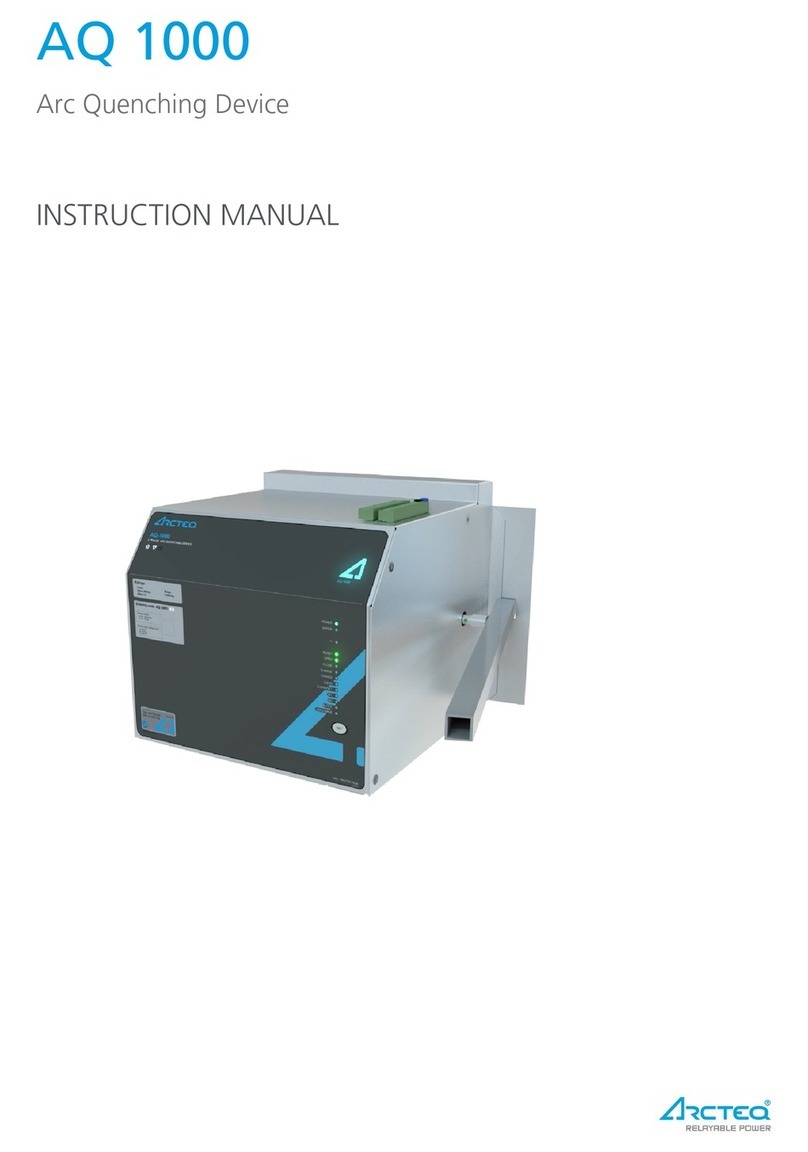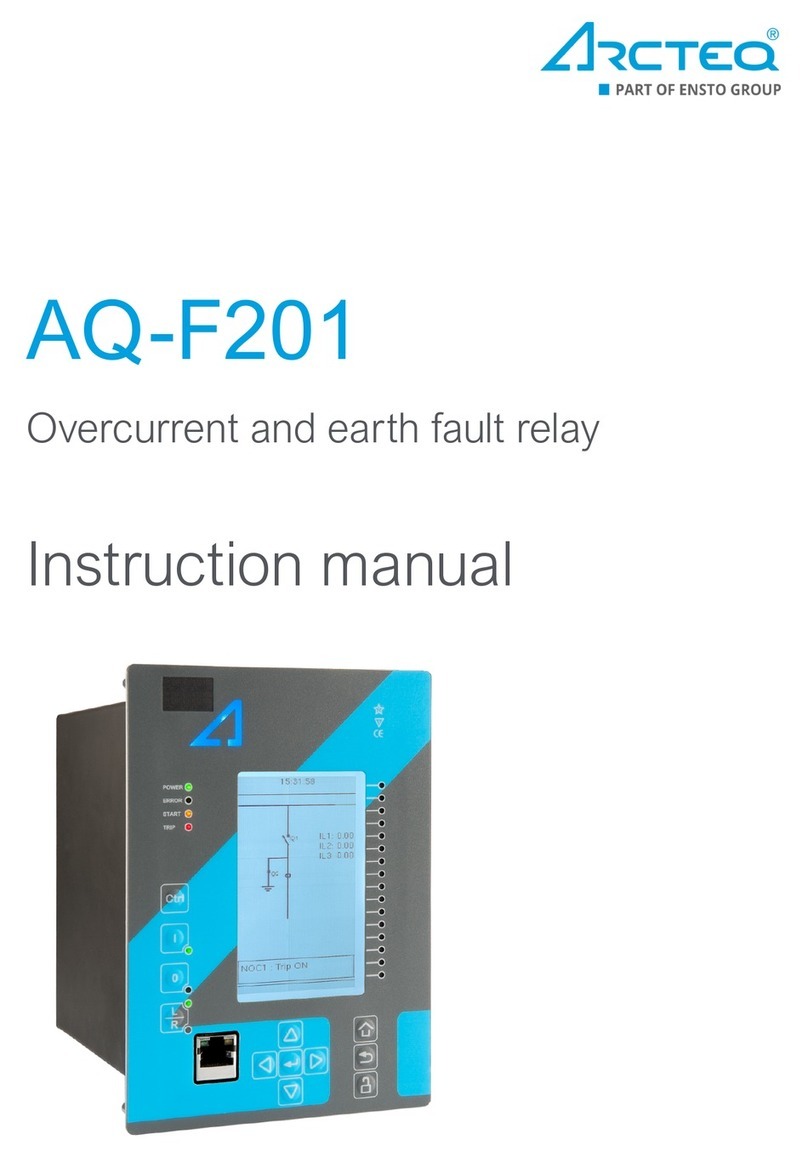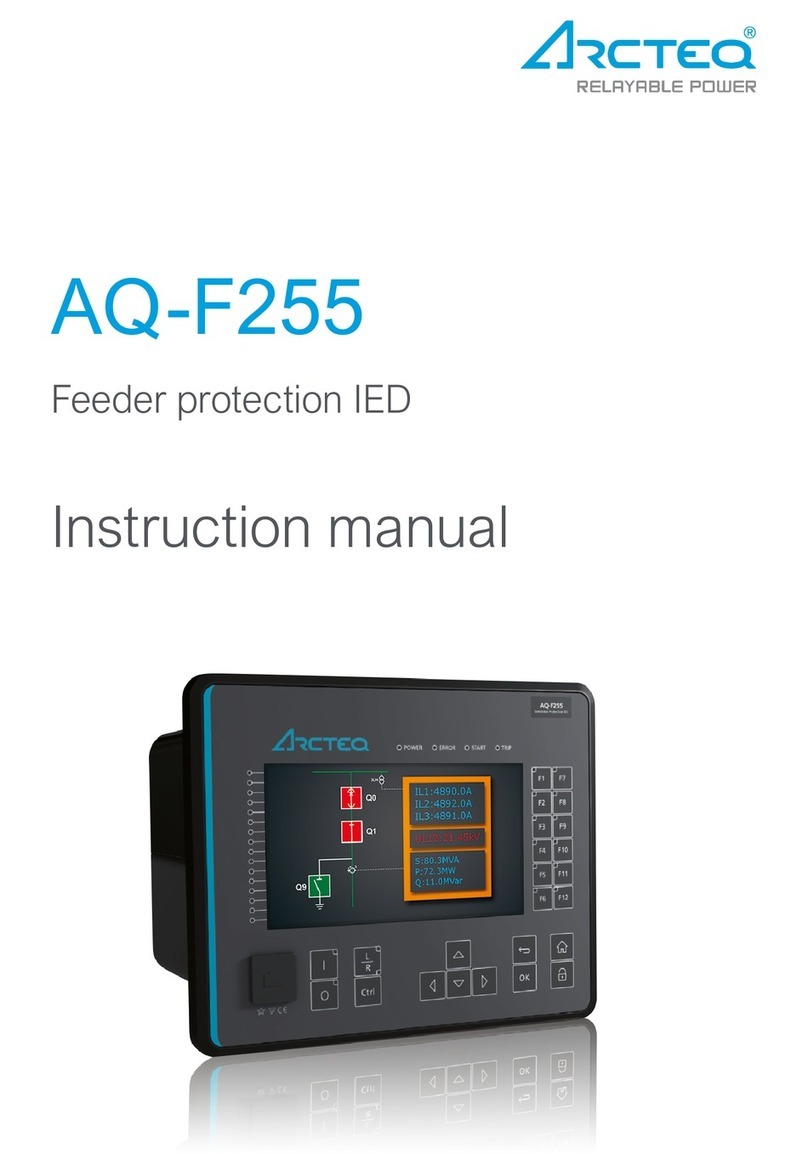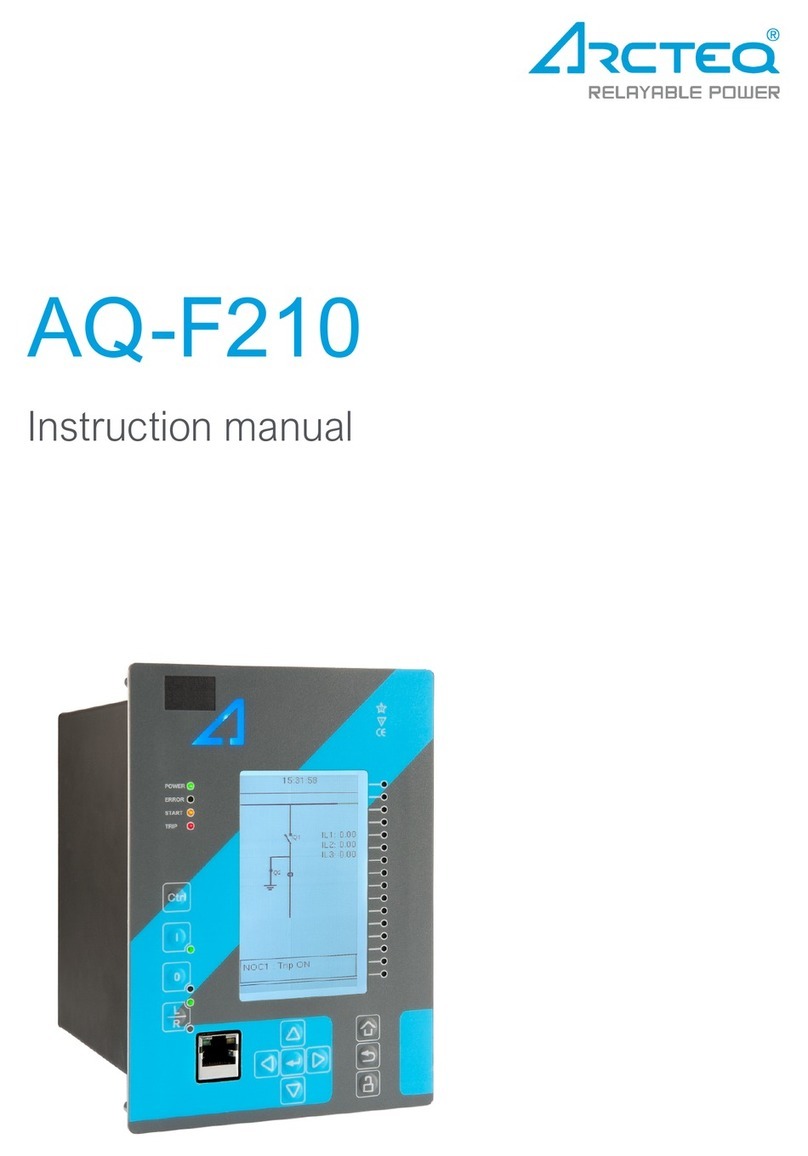
%()3,6-*65:,5:9
1 Document inf1 Document informaormationtion .................................................................................................................................................................................................................................... 55
1.1 Version 2 revision notes ......................................................................................................... 5
1.2 Version 1 revision notes ......................................................................................................... 7
2 A2 Abbrbbreeviaviationstions .............................................................................................................................................................................................................................................................. 88
3 General3 General............................................................................................................................................................................................................................................................................ 1010
4 IED user int4 IED user interfaceerface.............................................................................................................................................................................................................................................. 1111
4.1 Panel structure .................................................................................................................... 11
4.1.1 Local panel structure................................................................................................. 11
4.2 Con^guring user levels and their passwords......................................................................... 12
5 F5 Functionsunctions ...................................................................................................................................................................................................................................................................... 1414
5.1 Alarming function................................................................................................................. 14
5.2 Control functions ................................................................................................................. 28
5.2.1 Setting group selection .............................................................................................. 28
5.2.2 Object control and monitoring.................................................................................... 37
5.2.3 Indicator object monitoring ........................................................................................ 50
5.2.4 Milliampere output control ......................................................................................... 54
5.2.5 Programmable control switch .................................................................................... 56
5.2.6 Analog input scaling curves ....................................................................................... 57
5.2.7 Logical outputs.......................................................................................................... 59
5.2.8 Logical inputs ............................................................................................................ 60
6 S6 Syyststem intem integraegrationtion............................................................................................................................................................................................................................................ 6262
6.1 Communication protocols .................................................................................................... 62
6.1.1 NTP........................................................................................................................... 62
6.1.2 Modbus/TCP and Modbus/RTU ................................................................................. 62
6.1.3 Modbus I/O ............................................................................................................... 63
6.1.4 IEC 61850................................................................................................................. 64
6.1.5 GOOSE..................................................................................................................... 65
6.1.6 IEC 103..................................................................................................................... 66
6.1.7 DNP3 ........................................................................................................................ 67
6.1.8 IEC 101/104.............................................................................................................. 69
6.1.9 SPA........................................................................................................................... 71
6.2 Analog fault registers ........................................................................................................... 71
6.3 Real-time measurements to communication......................................................................... 71
7 Connections and applic7 Connections and applicaation examplestion examples.............................................................................................................................................................................. 7474
7.1 Connections of AQ-S254..................................................................................................... 74
8 Construction and installa8 Construction and installationtion ............................................................................................................................................................................................................ 7777
8.1 Construction........................................................................................................................ 77
8.2 CPU module ........................................................................................................................ 80
8.3 Digital input module (optional).............................................................................................. 82
8.4 Digital output module (optional) ........................................................................................... 85
8.5 RTD input module (optional)................................................................................................. 86
8.6 Serial RS-232 communication module (optional) .................................................................. 87
8.7 LC or RJ45 100 Mbps Ethernet communication module (optional)........................................ 88
8.8 Double ST 100 Mbps Ethernet communication module (optional)......................................... 89
8.9 Double RJ45 10/100 Mbps Ethernet communication module (optional) ................................91
8.10 Dimensions and installation................................................................................................ 92
9 T9 Technicechnical daal datata........................................................................................................................................................................................................................................................ 9595
9.1 Hardware............................................................................................................................. 95
9.1.1 CPU & Power supply ................................................................................................. 95
9.1.1.1 Auxiliary voltage............................................................................................ 95
9.1.1.2 CPU communication ports............................................................................ 95
9.1.1.3 CPU digital inputs ......................................................................................... 96
9.1.1.4 CPU digital outputs....................................................................................... 97
9.1.2 Option cards ............................................................................................................. 98
9.1.2.1 Digital input module ...................................................................................... 98
""$$
Instruction manual
Version: 2.06
© Arcteq Relays Ltd
IM00024
1






































